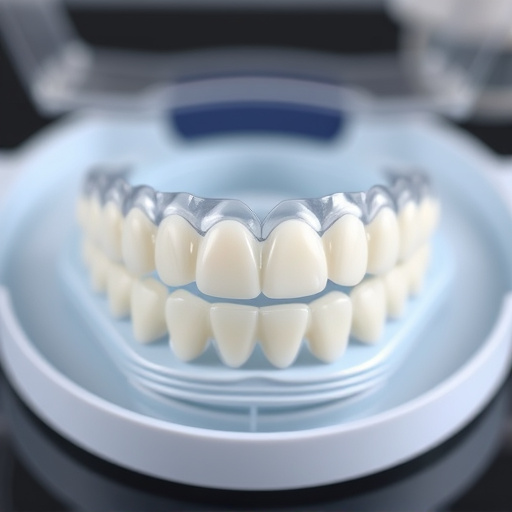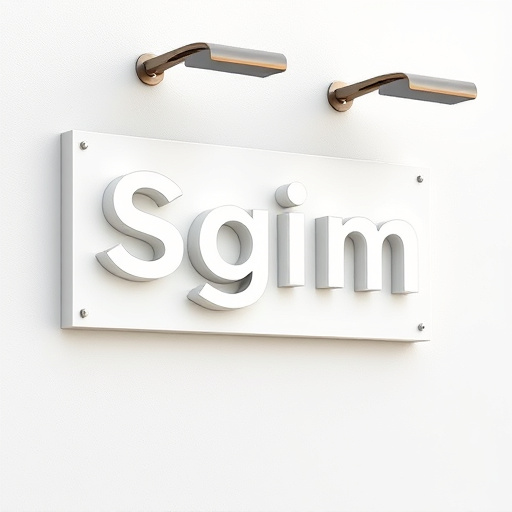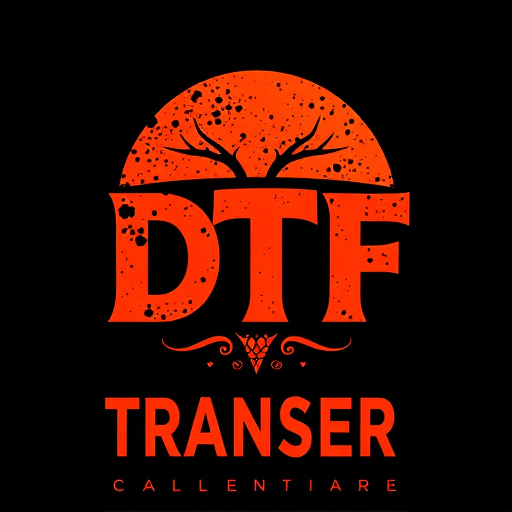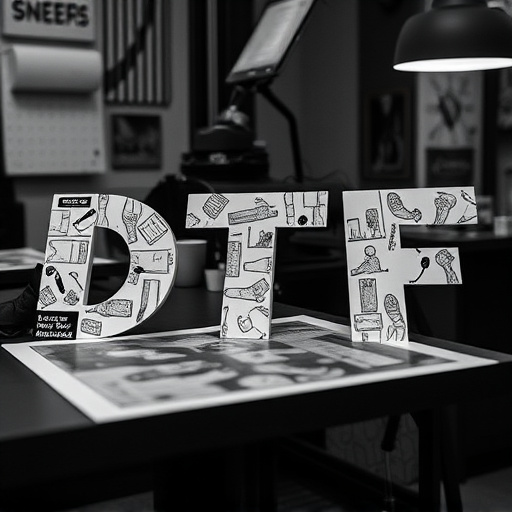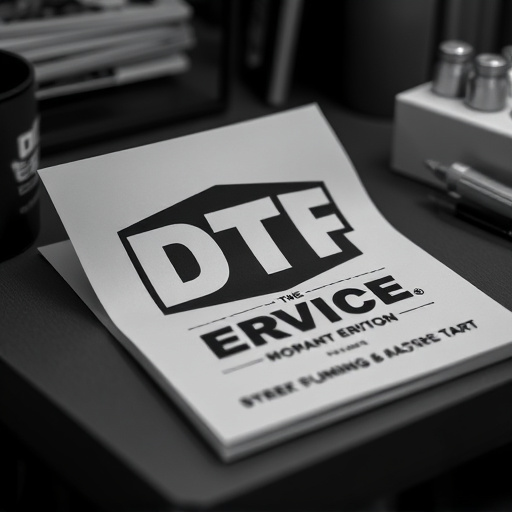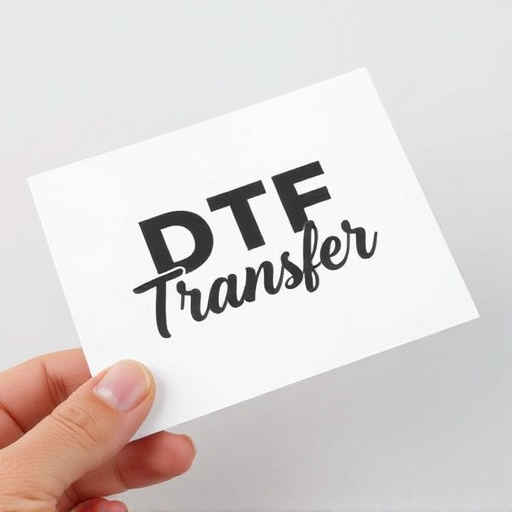Direct-to-Film (DTF) printing revolutionizes design application by enabling precise printing directly onto specialized film substrates, accessible to both professionals and hobbyists. Using high-resolution graphics (300 DPI or higher), CMYK color mode, and mockups on chosen materials, DTF transfer creates vibrant, accurate prints suitable for textiles, plastics, and metal. The process involves advanced inkjet technology, resulting in clean edges and strong adhesion. Rigorous quality control ensures precise, detailed designs, while streamlining production benefits small businesses and creators, catering to the demand for unique, personalized products.
Discover the captivating world of DTF (Direct to Film) Transfer printing—a game-changer for creating vibrant, high-quality designs on various materials. This article guides you through the entire process, from DTF transfer basics and design preparation to the machinery, materials, and step-by-step application. Learn how DTF prints offer versatile applications, enhancing everything from apparel to home decor. Uncover the secrets to ensuring top-notch quality control and explore the benefits that make DTF Transfer a popular choice for creative professionals.
- Understanding DTF Transfer: A Brief Overview
- Preparing Your Design for DTF Printing
- The Machinery and Materials Involved in DTF Prints
- Step-by-Step Process of DTF Transfer
- Ensuring Quality Control and Final Touches
- Applications and Benefits of DTF Transfers
Understanding DTF Transfer: A Brief Overview

The Direct-to-Film (DTF) transfer process is a cutting-edge technique revolutionizing the way designs are printed and applied to various surfaces, particularly in the realm of specialty films. This innovative method eliminates the need for traditional printing presses or complex setups, making it accessible to a wide range of users from professional designers to hobbyists. DTF Printing involves precisely transferring ink directly onto a film substrate using advanced printing technology, ensuring high-quality, crisp prints that are both durable and versatile.
Understanding DTF Transfer lies in its ability to bridge the gap between digital design and physical application. The process begins with a digital design file, which is then optimized for specific print requirements. This optimized design is subsequently printed directly onto a specialized film using precise inkjet printing technology. The result is a DTF Print that can be easily transferred to various materials like textiles, plastics, or even metal surfaces. This direct-to-film approach ensures accuracy, speed, and efficiency in creating custom designs for a multitude of applications.
Preparing Your Design for DTF Printing

Preparing your design for DTF (Direct to Film) printing is a meticulous process that ensures optimal results. The first step involves ensuring your graphic or image is in high resolution, typically 300 DPI or higher, to maintain detail and clarity when scaled up for printing. This precision is crucial as any pixelation or low-quality elements will be amplified on the final DTF transfer.
Next, color profiles play a significant role. Correctly setting your colors ensures the vibrancy and accuracy of the prints. Using CMYK color mode is standard for DTF Printing as it aligns with the printing process. Additionally, creating a mockup or preview of your design on the chosen film material helps visualize the final product, allowing you to make any necessary adjustments before finalizing the file.
The Machinery and Materials Involved in DTF Prints

The process of DTF (Direct to Film) printing involves specialized machinery and materials that ensure precise and high-quality results. This modern technique is popular for creating custom designs on various surfaces, from clothing to signage. The core component is a DTF printer, which uses advanced technology to transfer ink directly onto a thin film. This film acts as a carrier, allowing for detailed and vibrant prints.
The DTF transfer film is a crucial material, designed to withstand the printing process and subsequent heat application during the transfer stage. After printing, the film is precisely cut to match the design, ensuring clean lines and accurate shapes. The ink used in DTF printing is specifically formulated for optimal adhesion to the chosen substrate, be it fabric, wood, or plastic. This versatility makes DTF prints a go-to choice for many creative professionals and businesses seeking unique, custom designs.
Step-by-Step Process of DTF Transfer

The Direct to Film (DTF) transfer process is a cutting-edge method for printing designs on special film for various applications. It involves a meticulous, yet efficient series of steps. Initially, the design is created using specialized software, ensuring it’s ready for printing. The design is then exported in the appropriate format and loaded onto a DTF printer. These printers use advanced technology to precisely transfer ink directly onto the film, creating high-resolution prints with vibrant colors.
Once printed, the DTF film undergoes careful preparation before application. This includes trimming the film to the desired shape and size, ensuring it aligns perfectly with the target surface. The film is then carefully positioned over the substrate, often a t-shirt or other fabric, followed by heat pressing to fuse the design permanently. This step-by-step process allows for precise, detailed designs, making DTF transfers a popular choice for custom apparel and other products demanding exceptional quality.
Ensuring Quality Control and Final Touches

After the design is printed on the special film using DTF (Direct to Film) printing techniques, meticulous quality control becomes paramount. This step involves a series of checks to ensure each DTF transfer meets the highest standards. Inspecting for color accuracy, resolution, and sharpness is crucial, as these factors directly impact the final product’s visual appeal. Any deviations or defects are identified and corrected at this stage, ensuring the prints remain crisp and vibrant.
Additionally, quality control checks include verifying the film’s alignment and position to prevent any misregistration during the transfer process. This attention to detail guarantees that each DTF print is flawless, ensuring customer satisfaction and maintaining the reputation of the printing service provider. These final touches are vital in delivering exceptional results, especially for specialized applications where precision and clarity are paramount.
Applications and Benefits of DTF Transfers
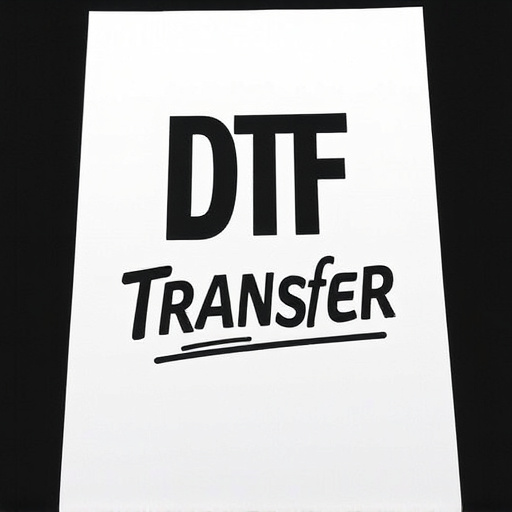
Direct-to-film (DTF) transfers have revolutionized the way we approach custom printing and design applications. This cutting-edge process enables the seamless transfer of intricate designs onto various materials, opening up a world of possibilities for businesses and creators alike. DTF Printing offers an efficient and versatile solution, allowing for high-quality prints on items like apparel, accessories, and even decorative items.
One of the key benefits is its ability to produce vibrant, long-lasting colors and sharp details, ensuring that designs maintain their integrity after transfer. This technology streamlines the production process, eliminating the need for complex setups and reducing time and cost. DTF Transfers are particularly advantageous for small businesses, entrepreneurs, and individuals looking to create personalized products quickly and effectively, catering to the growing demand for unique, on-demand items in today’s market.

